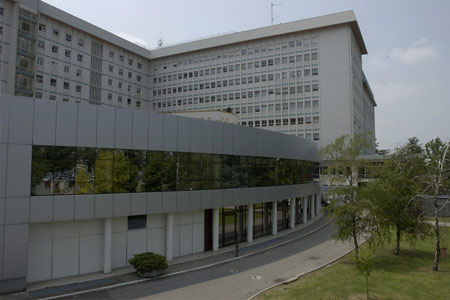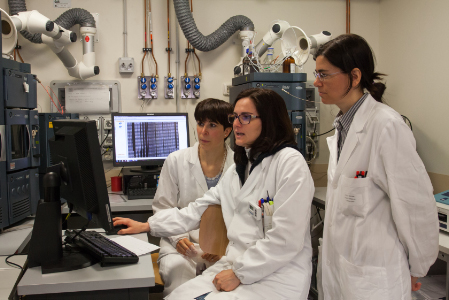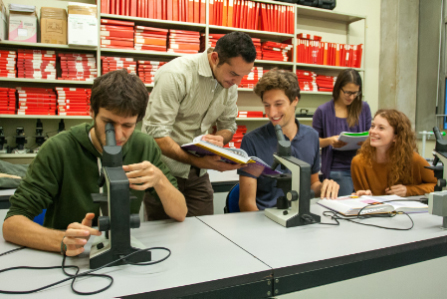Blood brain barrier disruption and recruitment of blood borne leukocytes are critical events in the pathogenesis of multiple sclerosis (MS) and its animal model, experimental autoimmune encephalomyelitis (EAE).
It has been previously shown that pantethine is a lipid-lowering agent and has beneficial effects in patients with dyslipidemia. Pantethine treatment in humans has never been previously associated with serious adverse reactions, suggesting that pantethine-based therapy, if beneficial to MS patients, could be in the future an alternative to the usage of other lowering cholesterol agents.
The effects of pantethine have never been tested in EAE or MS patients. In this project we proposed a MULTIDIMENSIONAL APPROACH allowing us to study the efficacy and the mechanisms of low molecular thiols-based therapy in EAE. The proposal was divided in two objectives. The MAIN GOAL of our present proposal was to validate the therapeutic potential of pantethine-based therapy on EAE.
At OBJECTIVE I we studied the effect of pantethine and its derivates on MOG-induced chronic EAE and on PLP-induced relapsing-remitting EAE. Pantethine was administered in the preclinical phase of disease or in mice with established EAE. Histology and immunohistochemistry studies were performed to determine the effect of thiol-based therapy on CNS inflammatory infiltrates, demyelination and axonal loss. Finally, we determined the effect of treatment with thiols on cerebral vascular leakage in mice with EAE by using IVIS200 system.
At OBJECTIVE II we tested the effect of pantethine and its derivates on the adhesion of encephalitogenic T cells in vitro and on the modalities of integrin activation by using ImageStream multispectral imaging flow cytometer. In addition we studied the effect of pantethine on the adhesive interactions between T cells and endothelium in inflamed brain microcirculation taking advantage of our expertise in intravital microscopy. Finally, we studied the effect of pantethine on T cells accumulation into the brain and on T cell proliferation and cytokine production.
Overall we generated experimental data able to validate the therapeutic potential of pantethine-based therapy on EAE and to identify a potential new therapeutic approach for autoimmune diseases and chronic inflammatory diseases of the central nervous system.







